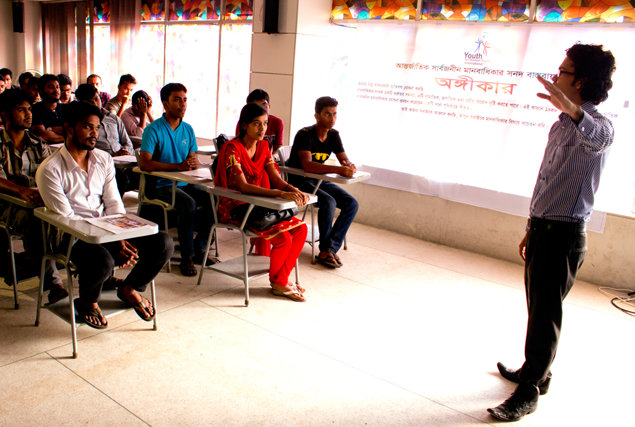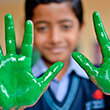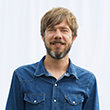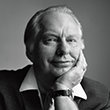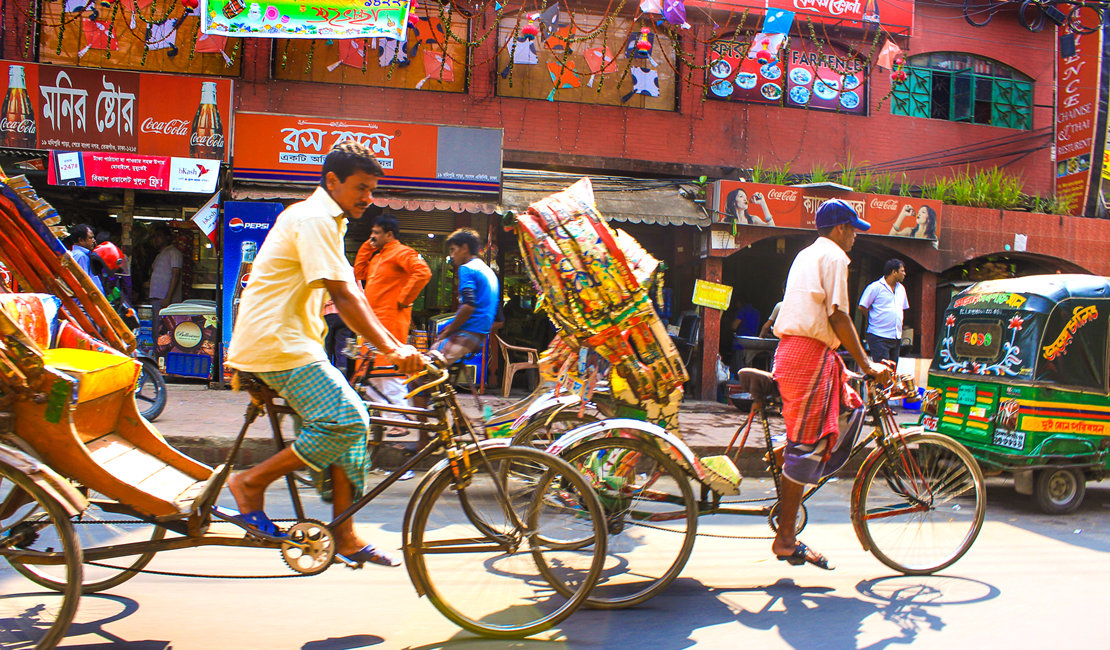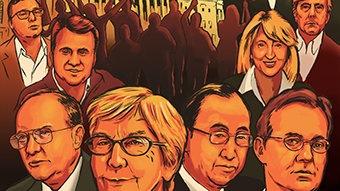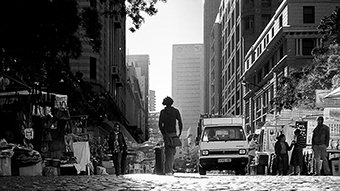Ruslan Khusainov thought he couldn’t be boxed in. That is, until the 24-year-old Russian native, the international activities director of Youth for Human Rights International (YHRI), encountered his first traffic jam in the population-dense capital of Dhaka, Bangladesh.
“You have no idea how crazy it is,” says Khusainov, who spent a month in Dhaka earlier this year on a humanitarian mission with YHRI. “From early morning until late at night, the gridlock is constant. You have rickshaws, CNGs [covered, three-wheeled motorcycles], buses, cars, trucks, scooters, bicycles and pedestrians all crushed together. There are very few traffic lights, constant honking—it’s always chaos.
“Everyone is totally used to this madness,” Khusainov continues. “So after a few weeks, it became a regular thing for me, too. By the end, I considered having five centimeters between our car and the others plenty of room.”
In Bangladesh, more than 169 million people are shoehorned into a geographic space roughly the size of Iowa (which has only 3.1 million), making it the world’s eighth-most populous nation. The Bangladeshi people live literally on top of each other.
Nowhere is this more evident than in Dhaka, which has a population density of 20,000 people per square kilometer. And with such cramped conditions comes grinding poverty. The per capita annual income of Bangladesh is just over $1,300 and roughly a quarter of its citizens live below the official poverty line. “The conditions are very primitive,” Khusainov says. “Fifty years ago, South Korea and Bangladesh were in the same situation in terms of their lack of advancement. Whereas South Korea took steps to become what is now one of the most developed countries in Asia, Bangladesh has remained behind. But it’s starting to change.”
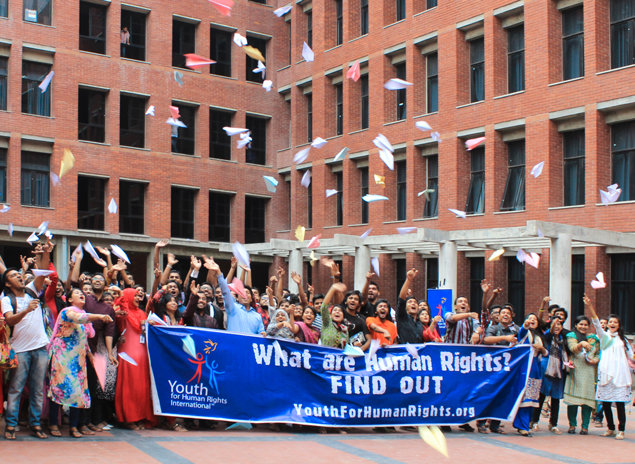
Indeed, Bangladesh wasn’t even called Bangladesh a half-century ago. It was known as East Pakistan until gaining its hard-fought independence in 1971. The nation’s formative years have been plagued by problems—a mass famine in the 1970s and later, in the early 2000s, the rape and killing of indigenous Jumma tribe children. But Bangladesh—which borders the Bay of Bengal between Myanmar (formerly Burma) and India—is making social and economic strides. The percentage of its people living in poverty is less than half of what it was in 1991 and the per capita income, low as it is, is nearly triple that of a decade ago. And while labor abuses, human trafficking, torture, and human rights violations of all kinds went largely unchecked inside a corrupt system for many years, about a decade ago, forces began to emerge to fight back.
The Rapid Action Battalion, established by the Bangladesh Police in 2004, has been implicated in hundreds of cases of torture and extrajudicial execution. In 2010, the National Human Rights Commission of Bangladesh was created to monitor the implementation of state-mandated human rights protections.
It was around the same time that a young Bangladeshi college student named Saimum Reza Talukder became interested in promoting human rights causes in his country. In 2009, Talukder attended a U.S. Department of State academic exchange program for foreign undergraduates in Washington, D.C., where he was introduced to Youth for Human Rights International—Khusainov’s organization—a nonprofit founded in 2001 to educate young people about human rights and inspire them to become advocates for tolerance and peace.
After returning to Bangladesh, Talukder and two friends—Mowmita Basak Mow and Rezaur Rahman—formed the Center for Leadership and Promotion (CLAP) Foundation in October 2010, to promote minority rights for young Bangladeshi citizens, and Talukder—by then a law student at the University of Chittagong—contacted Youth for Human Rights for support.
The Church of Scientology-supported nonprofit provided the CLAP Foundation its Youth for Human Rights Education Package, which includes a comprehensive educator’s guide, The Story of Human Rights documentary film, pamphlets and other audiovisual aids, which Talukder used to conduct human rights workshops at his law school. “The materials made a huge difference in our sessions,” Talukder says, “laying out simply and precisely the 30 principles enshrined in the Universal Declaration of Human Rights.”
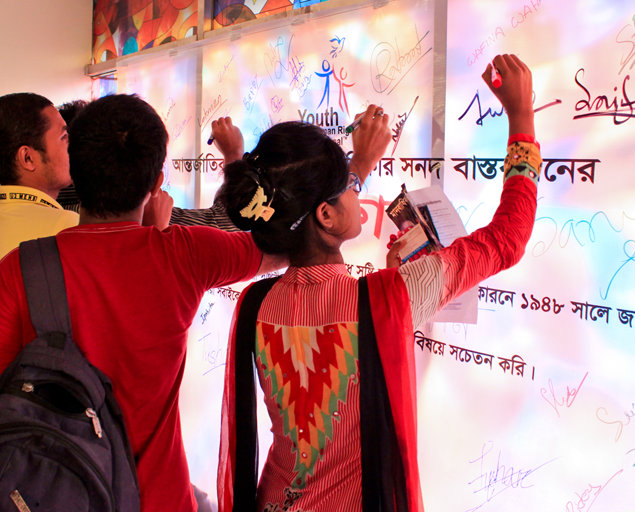
It was the beginning of a fruitful partnership. While Talukder progressed in his legal education, he also grew as an activist in the area of human rights defense and free expression, using street theater to campaign against corruption. After earning his law degree in 2012, he began both practicing law and teaching it, as a faculty member at Eastern University in Dhaka, and established YHRI’s Bangladesh chapter in 2013. He moved in early 2015 to a position as a lecturer at the Department of Law at East West University in Dhaka and remains committed to teaching social and rights-related issues to faculty at schools and universities, to students and youth activists, and to representatives of both nongovernmental and governmental organizations.
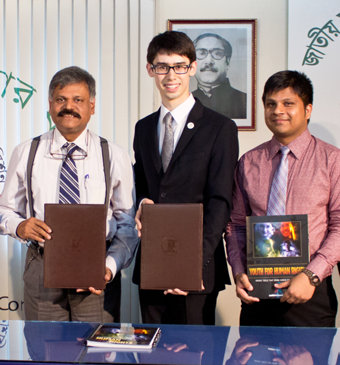
Ruslan Khusainov’s traffic-congested trip this April served to build on the momentum generated by Talukder, the CLAP Foundation and the Youth for Human Rights Bangladesh chapter. Khusainov teamed up in Dhaka with Talukder and YHRI International Ambassador Sandra Lucas to host panel discussions on the theory and practice of human rights.
“Education is where it all has to start,” Khusainov says. “We invited people from all over to attend our talks. But universities are the main focus. These are where our future leaders will be produced. Not many young people in Bangladesh have access to higher education, so it’s important to reach them early and effectively. It turned out to be extremely collaborative and positive.”
The way Khusainov sees it, if you start with people who are young and educated, they will help spread the human rights message passionately, intelligently and quickly. It’s a particularly strong strategy in Bangladesh, where more than 50 percent of the population is below age 25.
“The challenge is, when you bring these things up, many Bangladeshi people have no idea what you’re talking about,” Khusainov explains. “They don’t understand their rights are being violated because they have no knowledge of having rights at all. They don’t know that they have the right to sound nutrition and clean drinking water. It’s simple ignorance.
“So what we tried to do is simply instill the idea that leading a full, harmonious life is something that should simply be a given—not something that there should be a need to demand or protest for.”
In addition to holding the panel discussions and workshops, Khusainov and Youth for Human Rights also handed out educational materials around Dhaka, and brokered a memorandum of understanding with Bangladesh’s National Human Rights Commission, formalizing a collaboration between the two organizations to work together on human rights education in Bangladesh.
“Knowledge is the start,” Khusainov says. “Once people know about their rights, they have a chance to fight for them. It doesn’t happen overnight, of course. It takes time. But eventually you hope to see a cause and effect—that the people of Bangladesh pass along what they learn from us, so it becomes entrenched in the culture.”
